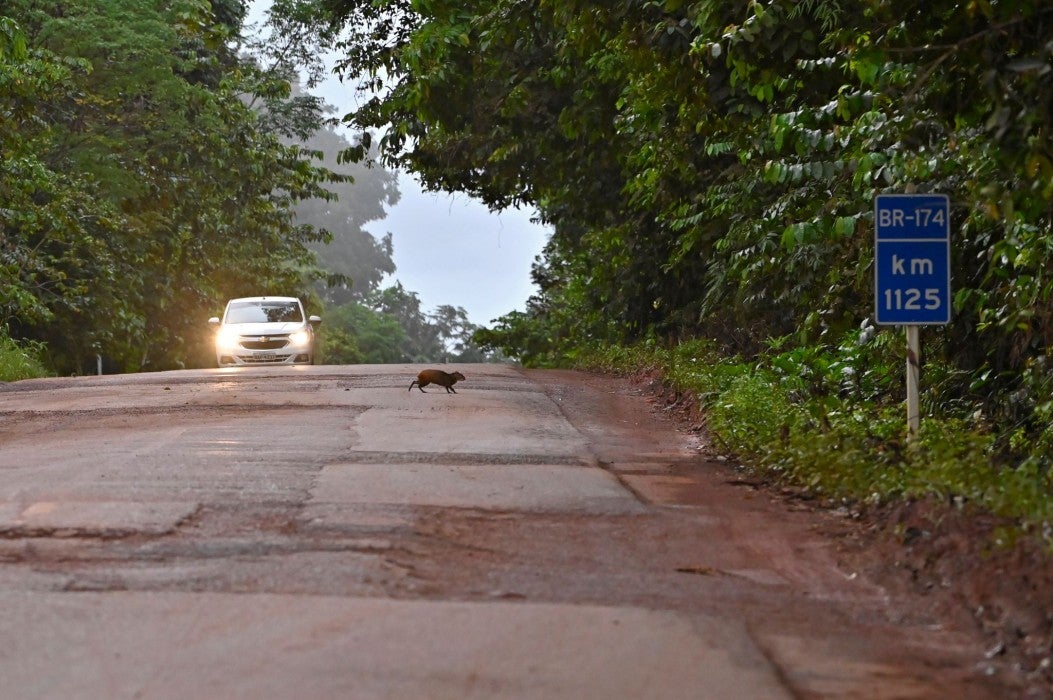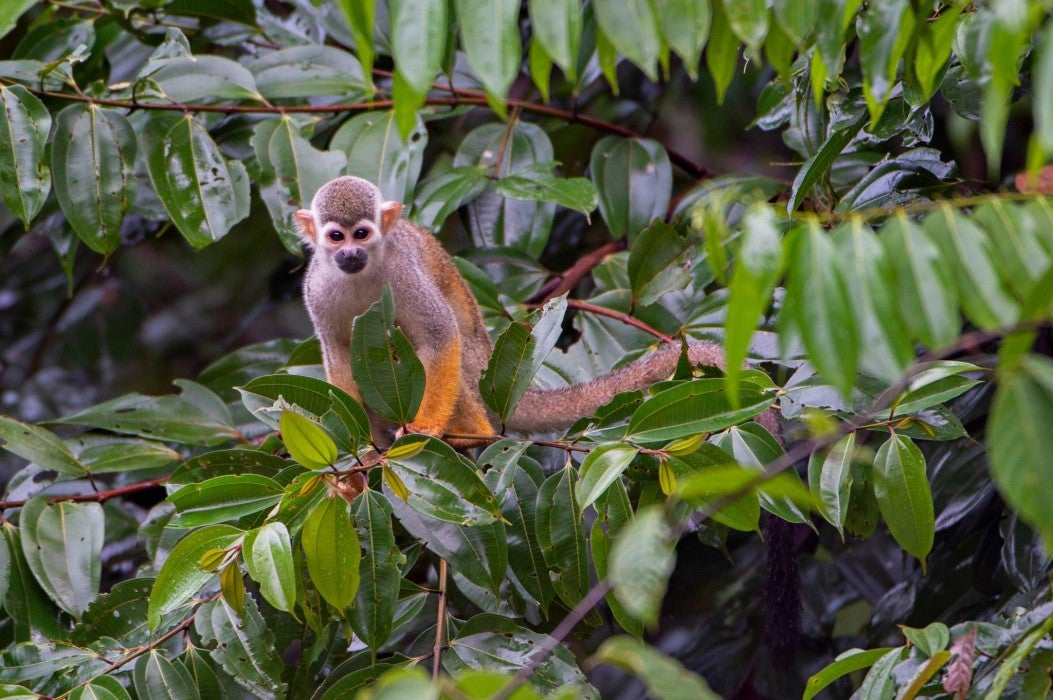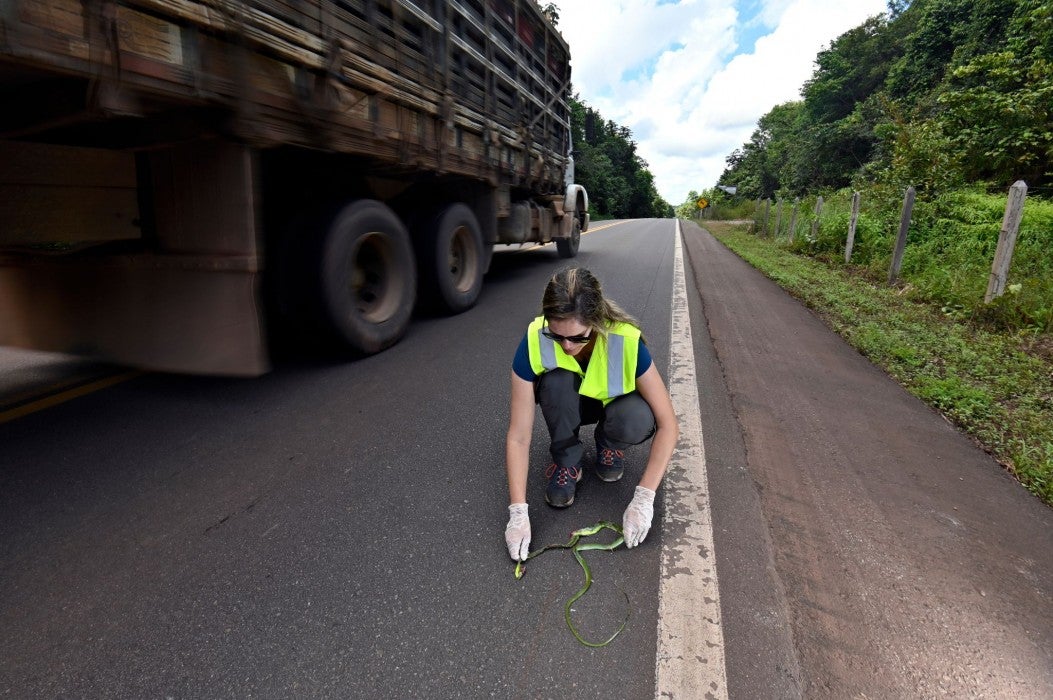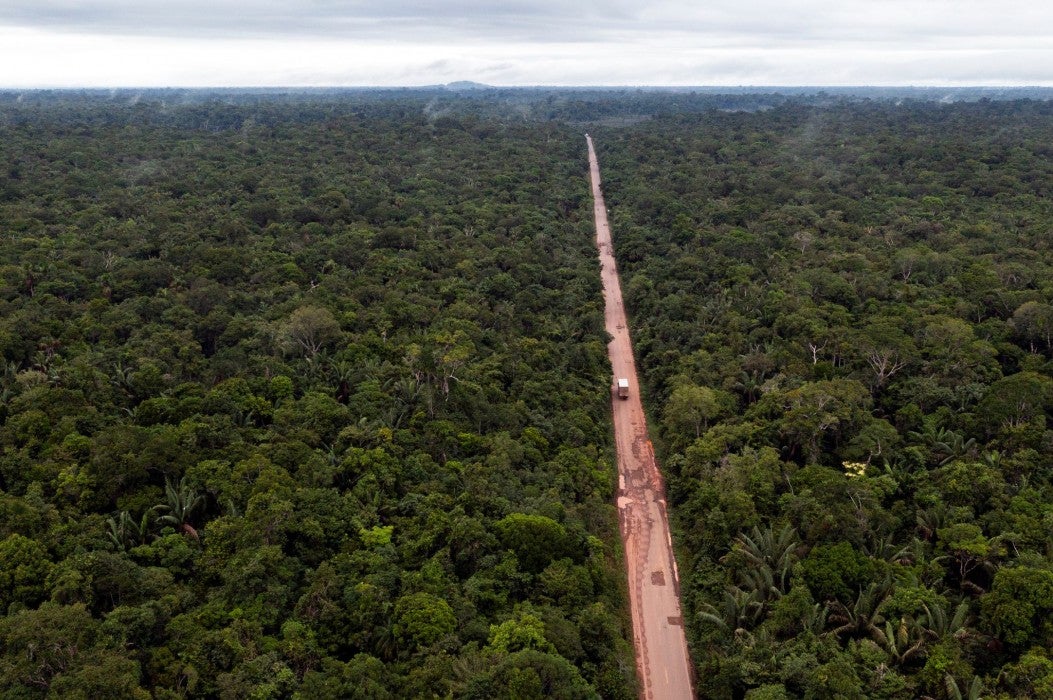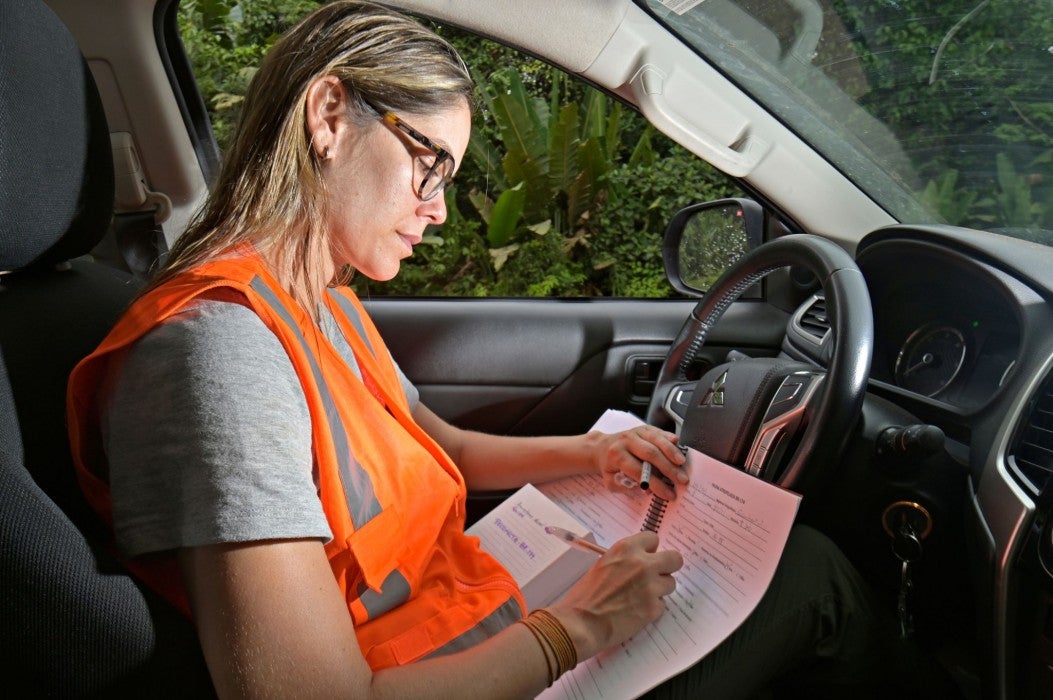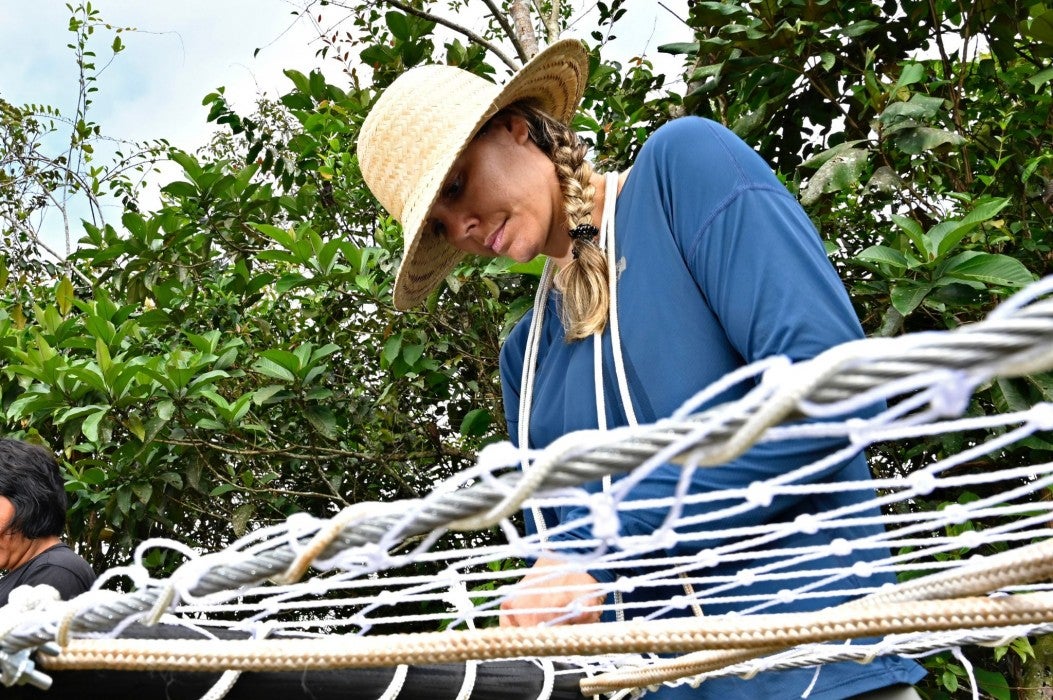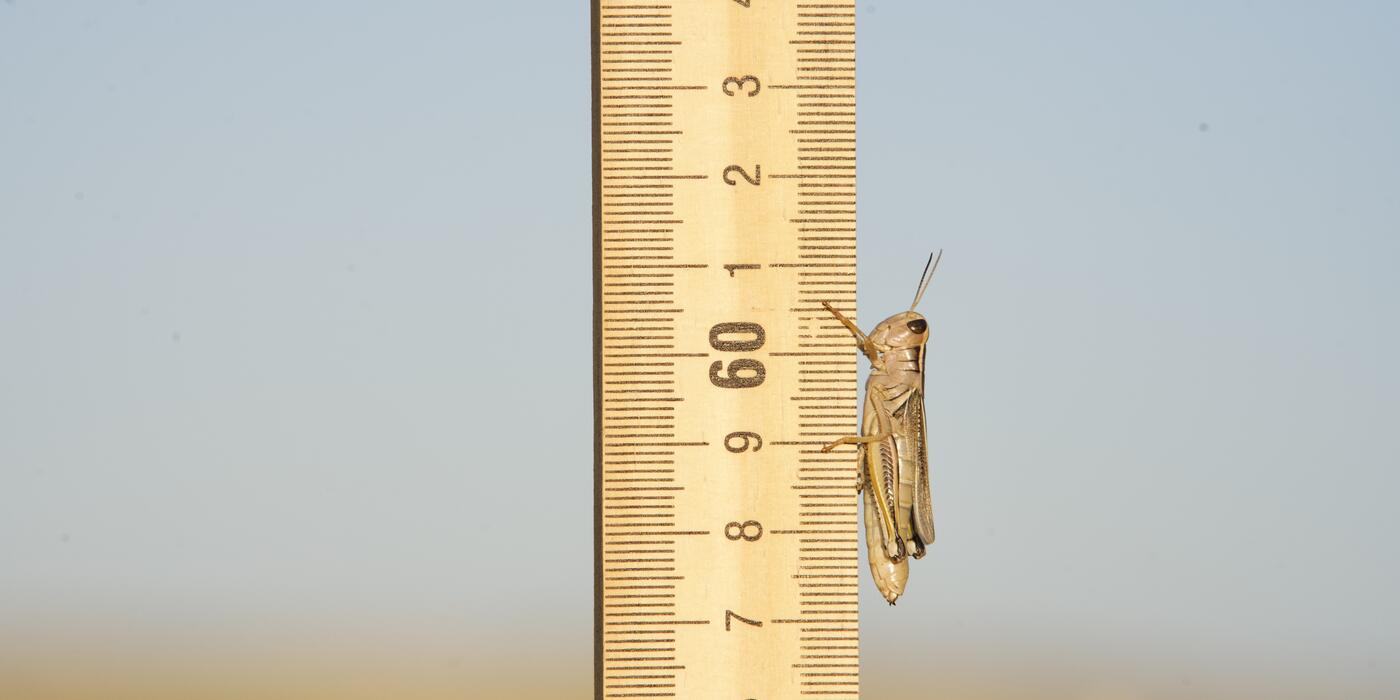Focus on the Future: Fernanda Abra
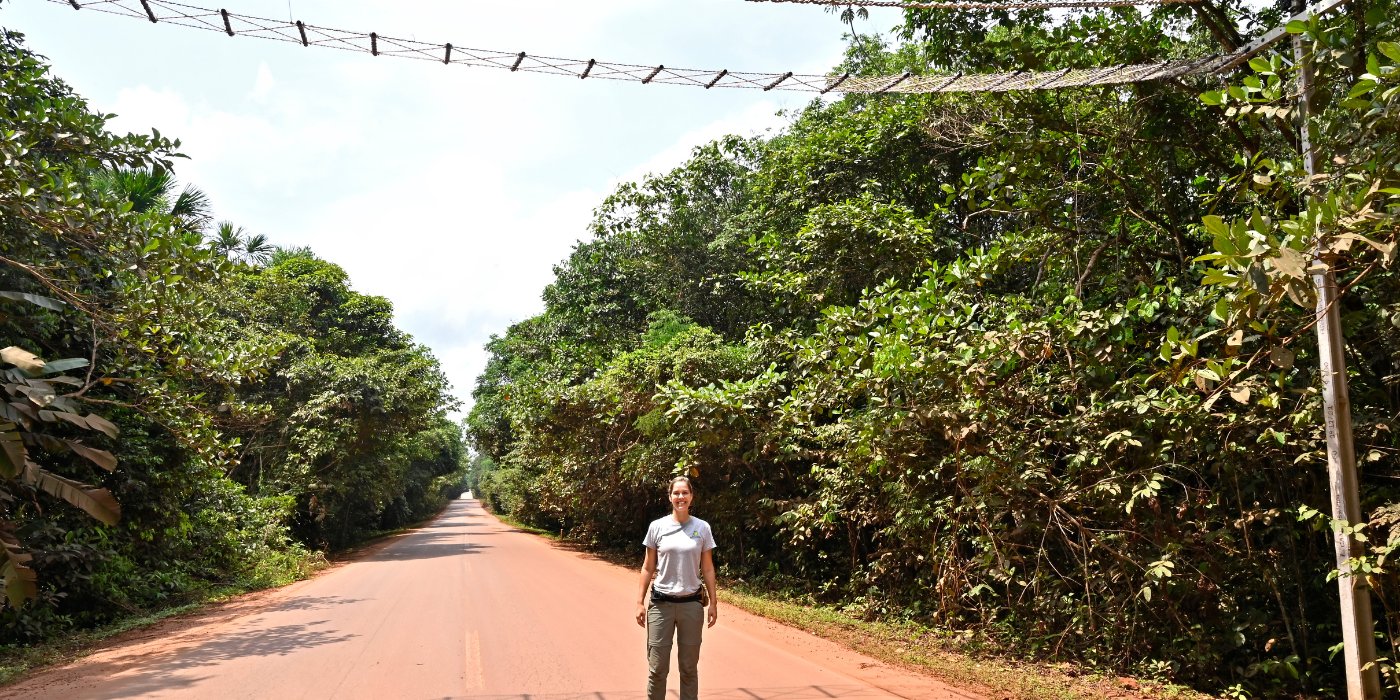
Focus on the Future is a series that seeks to highlight the early career scientists who conduct research at the Smithsonian's National Zoo and Conservation Biology Institute. Learn about our undergraduate, graduate and post-doctoral fellows and the conservation research they are supporting through first-hand accounts and stories.
Growing up in São Paulo state, Brazil, I loved the outdoors. When asked what I wanted to be when I grew up, the answer was always "zoologist." I studied biology, and during my masters and doctoral programs at the University of São Paulo, I focused on road ecology—studying the effects of roads and traffic on wildlife.
Animals are often hit by cars while attempting to cross roads. Roads create barriers for wildlife and fragment their habitat. For the first time in Brazil, I monitored road underpasses, which are underground tunnels created to allow terrestrial animals to cross underneath busy roads. To my surprise, I found out this type of mitigation measure could help many different species! Realizing there are solutions to reduce animal road mortality inspired me to keep moving forward. I went on to work across Brazil to plan the implementation of wildlife underpasses and fences, preventing tapirs, giant anteaters, maned wolves, jaguars and pumas from car collisions.
In 2019, I won a global conservation award from the Future for Nature Foundation for my road ecology work and received funding to expand my conservation efforts in the Amazon. As the world's largest rainforest ecosystem, the Amazon basin is a biodiversity hotspot and is home to thousands of Indigenous communities. But it is under threat from human development, such as deforestation.
Roads pose a major dilemma for tree-dwelling animals. They are at risk from car collisions when they venture onto the ground to cross the road. But if they choose not to cross, they risk separation from their habitat and family groups. Habitat fragmentation causes major challenges for species, and can lead to decreases in their genetic diversity and declines in the resilience of their populations. I wanted to work on a canopy project to increase forest connectivity and to reduce road collisions further on the diverse arboreal animals of the region. Canopy connectivity is vital for species like monkeys, who spend most of their time in trees. These arboreal animals are often restricted in their movement due to roads, which break up tree canopies.
During a visit to the United States, I shared my work and project idea with scientists at the Smithsonian’s National Zoo and Conservation Biology Institute in Washington, D.C. They encouraged me to apply for a post-doctoral Smithsonian fellowship. I remember thinking, “it will be like heaven working at the Smithsonian because the advisors are really helpful, and I will grow here."
After I got the news that I was awarded the fellowship, I started my Reconecta Project by planning the installation of an artificial canopy bridge on a federal road in the Amazon. However, before starting the project, I had to learn, get authorization from and connect with the local community that owns the land. The highway goes through the territory of the Waimiri-Atroari Indigenous community. In the 1970s, the Brazilian government opened a federal highway. When workers started cutting down the forest to make roads, many Indigenous people were unaware of what was happening. Unfortunately, a population of 3,000 Waimiri-Atroari people was reduced significantly due to conflict around the highway.
I learned that the Waimiri-Atroari people maintained natural canopy bridges and restricted the traffic along the road at night, both for the safety of their community and to prevent animals from being killed. They also asked the government to install artificial canopy bridges to reconnect parts of the forest. But no one did.
When I had the opportunity to present my project to the community, I was the most nervous I have ever been. I had to build a relationship with the members of the community. Fortunately, they liked my project but at the beginning they were uncomfortable around me. They were initially very timid, but I would talk with them daily. I learned more than 100 words in their language, Kinja Iara, and our communication is a mix of their language with some Portuguese. Fast forward to today, our relationship is very good and is grounded in mutual respect.
The Reconecta Project is a step towards a more sustainable infrastructure in Brazil. My team and I are learning the best ways to install the bridges; to date, we have installed 30 of them. Testing plays an essential part of the project. Some designs are suitable for specific species and types of locomotion. For example, when we started monitoring the artificial canopy bridges, I realized that monkey species prefer different designs than other arboreal species.
I am excited to announce that Reconecta is expanding! The Future for Nature Foundation, which honored me in 2019, has approved the Reconecta Suriname project that aims to understand the impacts of roads and traffic on wildlife and, in the future, the installation of canopy bridges in Suriname, the greenest country on the planet.
I encourage women passionate about conservation to pursue a career in this field and to not be afraid. When I started to work in the Amazon, it was difficult initially because I was concerned about being a woman working in the Amazon. My days involved 12 hours of car rides, and I often stopped in remote areas to collect wildlife mortality data. I did not see any other women working on the road. After almost two years, I now know most of the truck drivers; they know me and are very kind overall. Having women involved in conservation work is crucial because women tend to be more delicate in their approach when it comes to building relationships, communicating with others, and convincing them to adopt new ideas. This makes us effective agents of change in the field of conservation.
Another piece of advice is to put 100% of your energy and knowledge into the work you believe in. We want to change the world for the better, and that requires full dedication. The Smithsonian made a total difference in the Reconecta project. I had an idea when I received the award, but the Smithsonian made it bigger, making me realize we could do much more. The guidance I have received from colleagues at Smithsonian’s National Zoo and Conservation Biology Institute has been life-changing.
